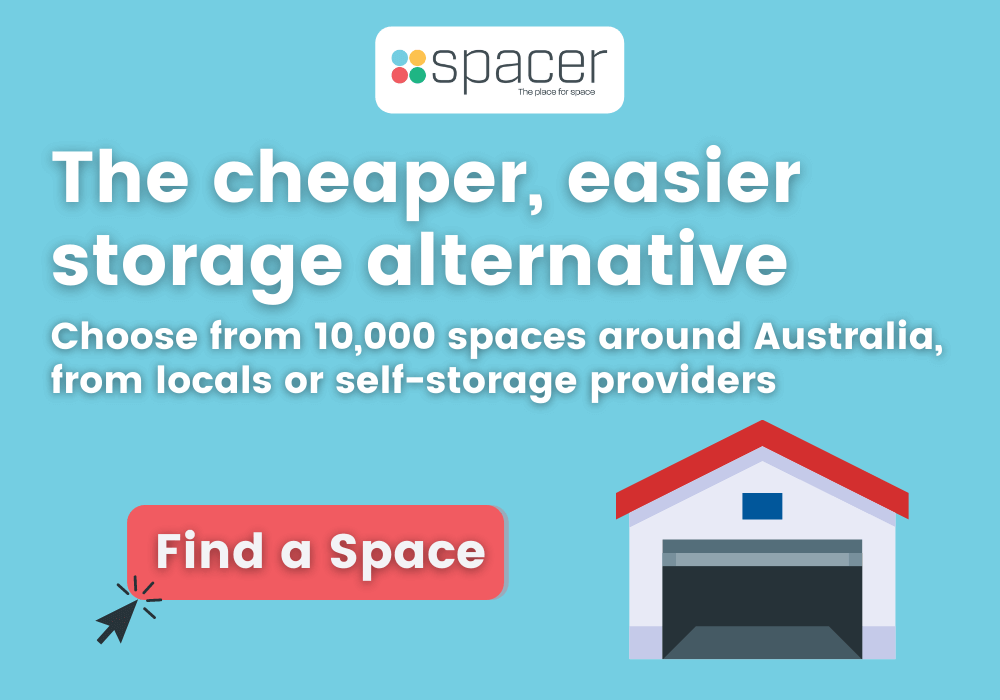Smart Homes: What are the Benefits?
Table of Contents
Way back in 2013, the Australian ran an article about a new technological development making an appearance in homes across the country: the so-called Smart Home system. The idea was to make all of the technology in our homes accessible on one simple screen. From this one device, we’d be able to control everything, which at that time included lighting, air-conditioning, blinds, television, and music.
6 years later, we’ve far surpassed those early predictions. Now, we’re able to control these things, and do a whole lot more. This technology, for instance, will tell us who is knocking on the door and allow us to check in on our pets while we’re at work. iSelect is even reporting that our smart home technology could keep track of rainfall so that we don’t waste water on the sprinkler system in the yard, while a simple Google Search can show you all of the smart appliances that could also be connected to the network.
Obviously, things are moving very quickly, and the technology is getting better all the time. Perhaps one of the most game-changing developments that has happened since that 2013 article is that all of this technology is now connected to our phones. The Smart Home, in other words, extends far beyond the walls of your house.
Yeah, it’s all a little bit overwhelming, so why don’t we break it down into some of the main components of smart home technology: security, household tasks, and personal assistance.
Security
Many people want smart home technology because of all of the ways it can keep their home safe. No more wondering if you forgot to lock the door behind you – the system has you covered. It will also tell you if someone is approaching your home or if there’s been a security breach. And, you’ll always be able to log into video security footage of your home wherever you’ve installed a camera. They’ll even help you protect your home from fire and water damage.
All of that can be done from your phone. A couple of options for smart home security include the ADT Automated Home Security System and SimpliSafe.
This can also be applied to things like garage and basement doors. You can simply install an automated locking mechanism or alarm that will alert you, should anything amiss go on without your authorisation. Spacer renters will find this useful, as they might be more inclined to store their items in a space that has taken additional actions to ensure security.
Household Tasks & Your Very Own Personal Assistant
One of the original ideas of smart home technology was to make life easier. Don’t want to get up to dim the lights? Want to know how much milk is left in the fridge? Want to tell your coffee maker to start brewing so that you can sleep in an extra ten minutes?
Devices like Google Home and the Amazon Echo can do all of this for you while also reminding you of upcoming appointments, playing your favorite music, and answering your many questions. Oh, and it totally replaces your landline – you can make calls through these hubs, too (although, keep in mind, that the person on the other end of the call might also need to have the same device for it to be completely free). As if that wasn’t enough, these devices also have the capability of controlling your thermostat and lighting, to save you energy.
Basically, from one device, you’re able to control many of the appliances in your home while also having access to the entire internet, and all you have to do is ask for it.
Is this really all available now?
Yes, all of the technology mentioned so far is currently on the market. However, that doesn’t mean that it’s feasible for everyone. As the technology stands today, we’re still waiting for one single system that integrates perfectly and is affordable.
Let’s consider the costs of some of these smart home devices and services:
-
The fees for smart home security systems can be quite high. Many companies like ADT charge a high installation fee and require a strict contract. A tech reviewer from PC Magazine reported recently that one installation could cost up to $3,000, and monthly costs can range from $36 to $54 per month. SimpliSafe is a much cheaper option and you can purchase your devises a la carte, with monthly plans as low as $15. Of course, you won’t get the same range of smart home options.
-
When it comes to home assistants like Amazon Echo and Google Home, your major expense will be purchasing the device. The newer, smaller version of the Amazon Echo, the Echo Dot, is currently priced at about $80. There is no monthly fee, although it’s recommended that you have an Amazon Prime subscription to get all of the benefits. For Google Home, you’re looking at a price of about $199.
Of course, if you want a truly integrated smart home system, you can’t just purchase the device. You also have to purchase all of the other devices that will connect to it. That may mean updating your lighting system with bulbs that are compatible with the Echo or Google Home, as well as the appropriate thermostat and home appliances.
Over the next couple of years, as our current appliances start to die and we replace them with smart-compatible ones, the smart home is going to become more and more a part of every Australian’s life.
How long will that take? Well, considering how far we’ve come in the last 6 years, probably much faster than we think.









